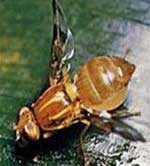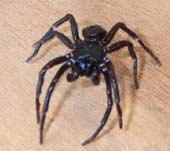The Moon dust brought back to Earth by the Apollo 11 astronauts has been fed to cockroaches and subsequently excreted. Both the cockroaches and the dust, preserved since 1969, are now set to be auctioned.
RR Auction has announced that this sample is “extremely rare” and will be auctioned from May 26 to June 23. While Moon dust is somewhat familiar, why was it fed to cockroaches and collected as waste?
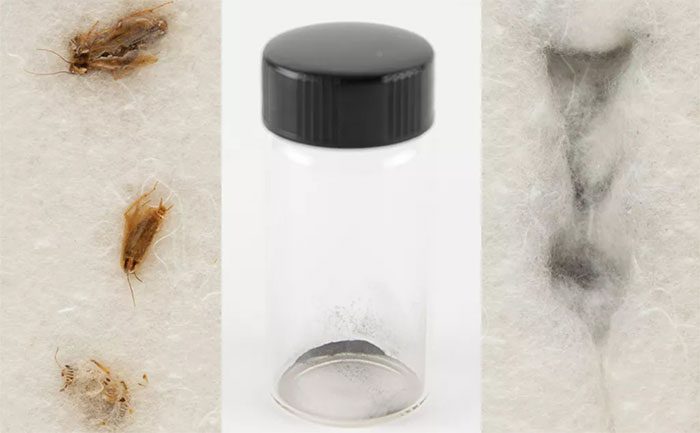
Why was Moon dust fed to cockroaches and collected as waste?
The story begins with humanity’s first Moon landing mission – Apollo 11. Biologists were concerned that extraterrestrial microbes or “Moon bugs” could inadvertently be brought back to Earth, even though they were confident that the Moon harbored no life. Therefore, both the astronauts and the spacecraft were quarantined for 21 days after departing the Moon.
At the Lundar Receiving Lab, NASA established a facility to quarantine individuals returning from the Moon and materials from outer space. The astronauts underwent numerous medical examinations. Simultaneously, a variety of organisms, from fish to mice and even cockroaches, were exposed to Moon dust to observe their reactions. Apollo 11 returned approximately 22 kg of Moon rocks, of which 10% was dust tested on animals. The dust was fed to fish and insects, serving as a form of destructive testing, as the dust was expected to be digested and disappear.
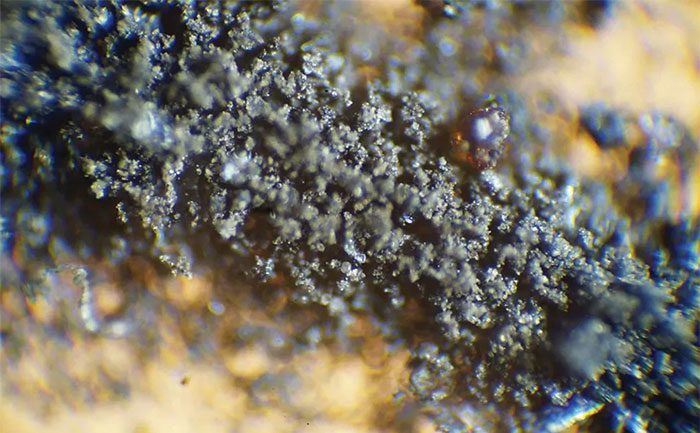
10% of Moon dust was tested on animals.
Everyone thought they would never see Moon dust again, except for Marion Brooks, an entomologist at St. Paul University. Brooks was hired by NASA to further study the cockroaches that had been fed Moon dust. Although the quarantine period had ended and no humans or animals died after exposure to the Moon material, NASA still wanted to understand any potential negative impacts that could arise from extraterrestrial materials.

Ms. Brooks hung all these memorabilia on her wall and left them there for many years.
Despite not finding any infectious agents, the Moon dust was neither toxic nor dangerous to the cockroaches, but Brooks continued her research. She preserved the cockroach tissues and the cockroaches themselves. In 1986, Brooks retired, but before leaving St. Paul University, she organized all her research materials, including cockroach tissues, a clipping from an article about her research, a postcard from the manned spacecraft center (now Johnson Space Center) in Houston, a replica of the plaque left by Apollo 11 on the Moon, and an envelope with a stamp, all arranged on a board. At the center, she placed a jar containing fine Moon dust collected from biological experiments along with three German cockroaches (Blattella germanica). She displayed all these memorabilia on her wall for many years. Ms. Brooks passed away in her home in 2007 at the age of 89.
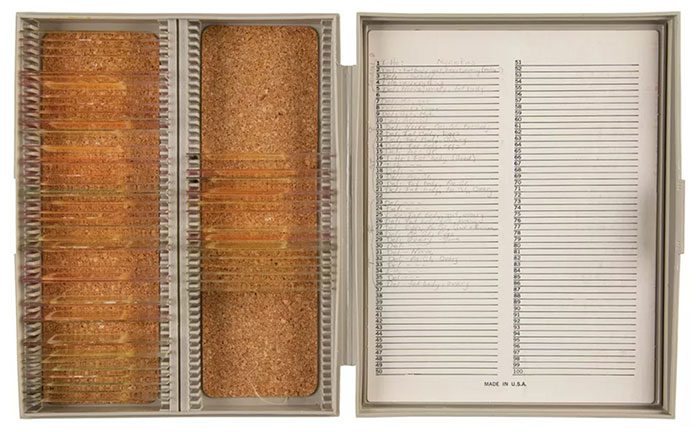
This year, a jar containing about 40 milligrams of Moon dust from Brooks’ collection is up for auction.
Three years later, these specimens were exhibited, and two boxes containing microscope slides taken from the cockroaches fed Moon dust and 66 other slides were auctioned for $10,000 by Regency-Superior Galleries in Beverly Hills, California. This year, a jar containing approximately 40 milligrams of Moon dust from Brooks’ collection is being auctioned.
Just last April, a tiny sample of Moon dust, too small to weigh, was auctioned for $504,375. Three small rocks weighing a total of 0.2 grams, brought back from the Moon by the Soviet Luna 16 probe, were auctioned for $855,000 in 2018. Therefore, RR Auction estimates that Brooks’ collection, which includes previously sold display samples (now being resold) along with the jar of Moon dust, will fetch a price of $400,000, with a starting bid of $10,000.








































